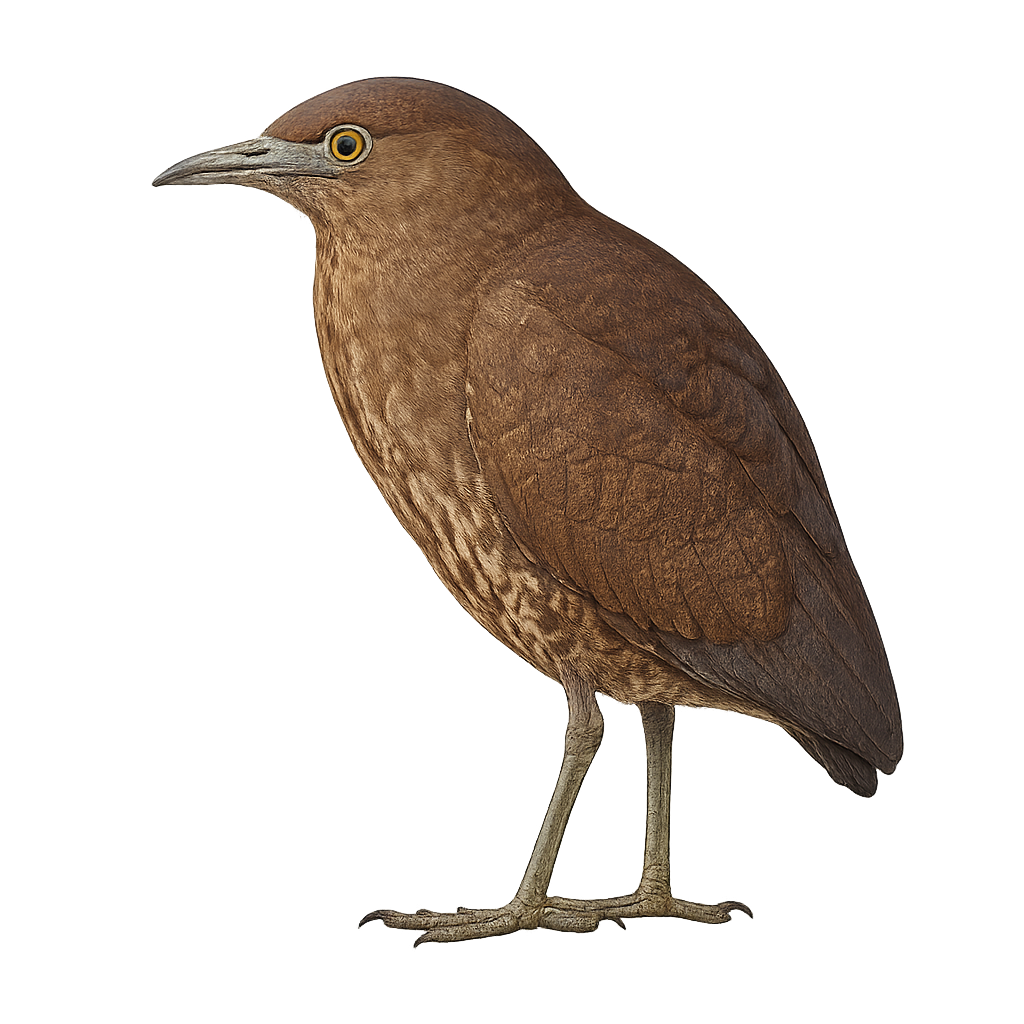Your wildlife photography guide.
Explore the japanese night heron in detail, study its behavior, prepare your shots.
Where to observe and photograph the japanese night heron in the wild
Learn where and when to spot the japanese night heron in the wild, how to identify the species based on distinctive features, and what natural environments it inhabits. The WildlifePhotographer app offers tailored photography tips that reflect the japanese night heron’s behavior, helping you capture better wildlife images. Explore the full species profile for key information including description, habitat, active periods, and approach techniques.
Japanese Night Heron
Scientific name: Gorsachius goisagi

IUCN Status: Vulnerable
Family: ARDEIDAE
Group: Birds
Sensitivity to human approach: Suspicious
Minimum approach distance: 10 m
Courtship display: April to June
Incubation: 25-27 jours
Hatchings: May to July
Habitat:
Dense forests, wetlands, swamps
Activity period :
Mainly active at night, generally discreet during the day.
Identification and description:
The Japanese Night Heron, or Gorsachius goisagi, is a rare and elusive bird primarily found in Japan. It is characterized by its brown plumage and streaked patterns, which help it blend into its forested environment. This bird prefers dense, humid forests where it can find its diet of small fish, insects, and amphibians. The Japanese Night Heron is a migratory bird, wintering in Southeast Asia. Its population is declining mainly due to habitat loss, and it is classified as a vulnerable species by the IUCN. Conservation efforts are crucial to ensure its long-term survival.
Recommended lens:
400 mm – adjust based on distance, desired framing (portrait or habitat), and approach conditions.
Photography tips:
To photograph the Japanese Night Heron, it is advisable to use a telephoto lens of at least 400mm to capture detailed images without disturbing the bird. Look for dense forest areas where this bird is likely to hide. Be patient and discreet, as the heron is suspicious and easily hides. The best times to observe it are early morning or dusk when activity is higher. Use a tripod to stabilize your camera in low light conditions.
The WildlifePhotographer App is coming soon!
Be the first to explore the best nature spots, track rutting seasons, log your observations, and observe more wildlife.
Already 1 431 wildlife lovers subscribed worldwide

